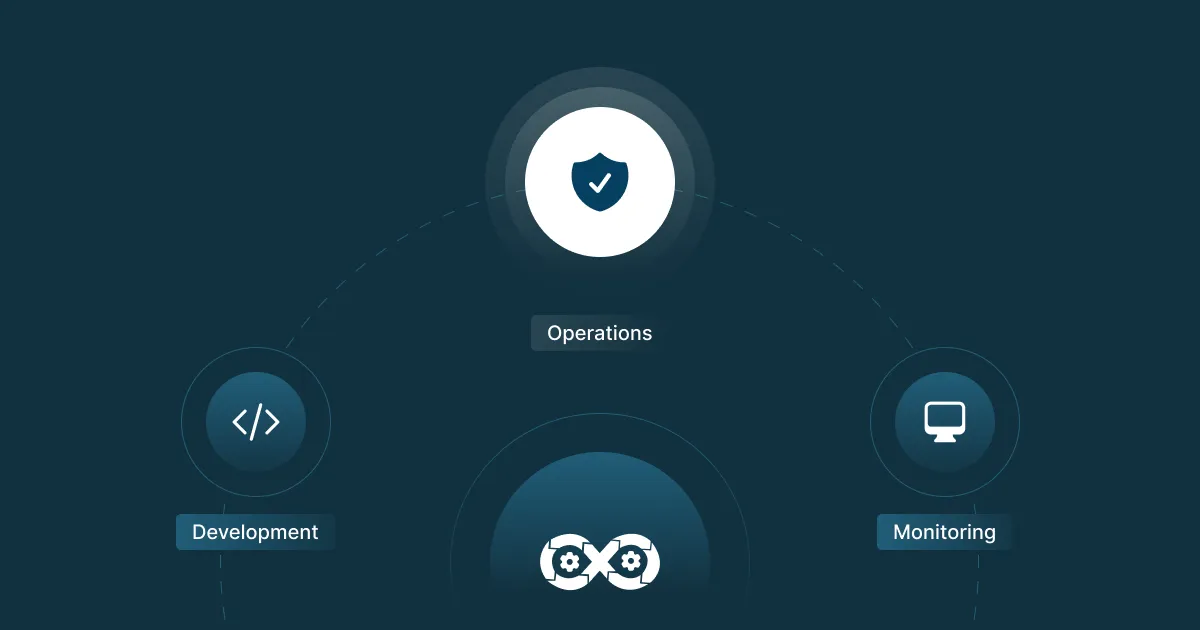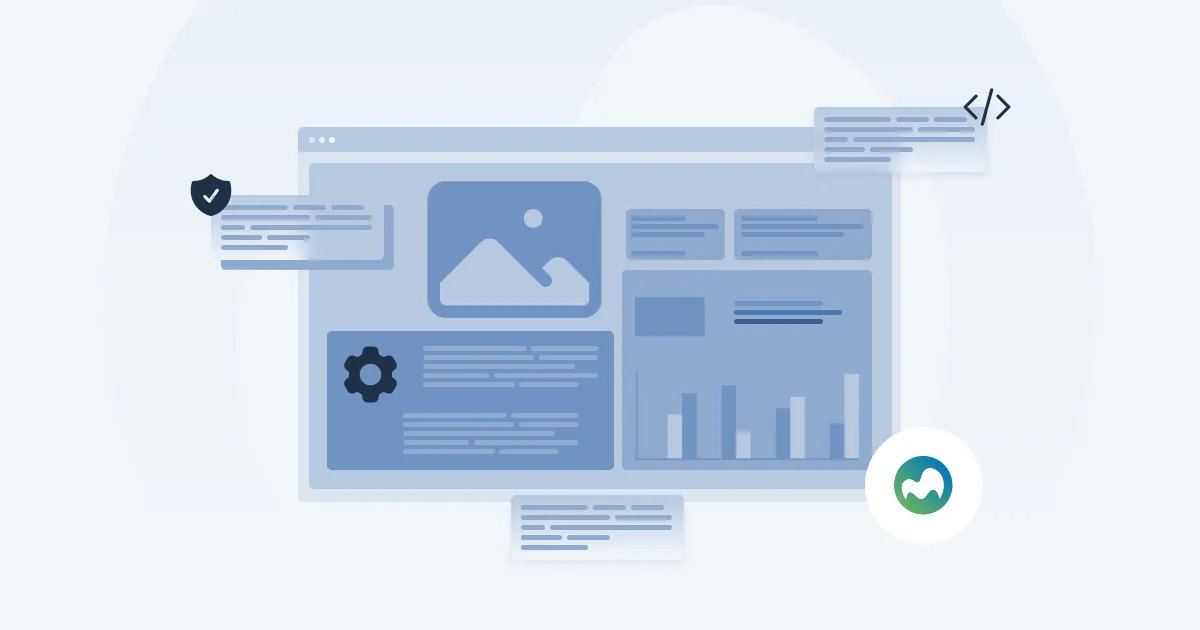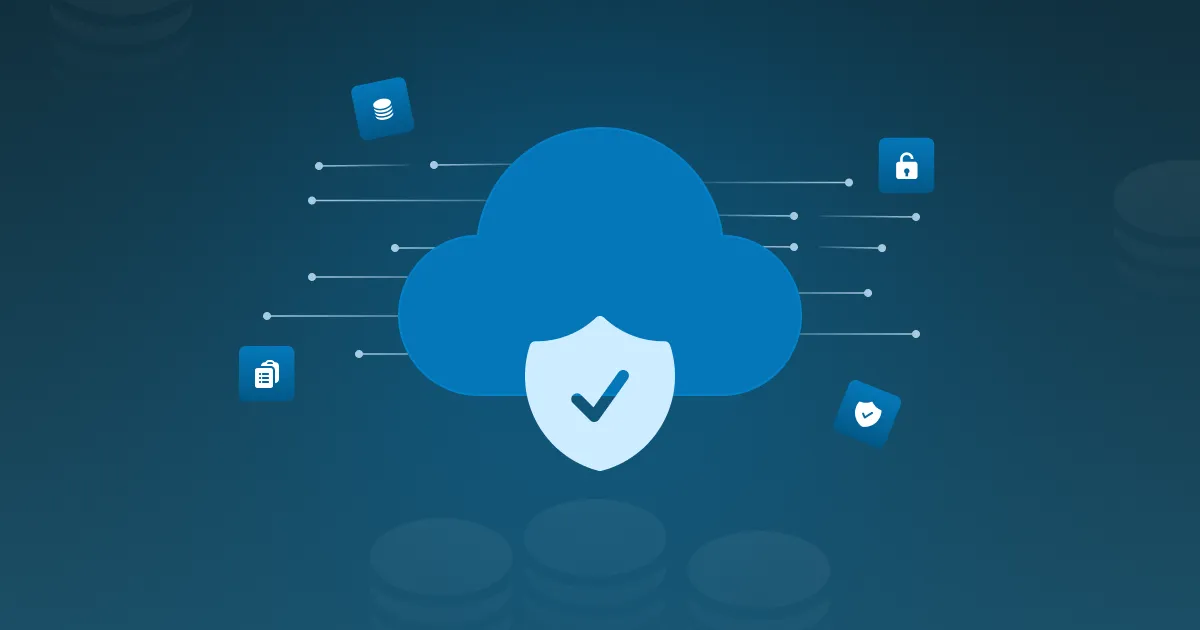Breaking Down the DevOps Lifecycle: Phases and Benefits

DevOps is a methodology that has gained significant importance in the development of software solutions for years. Teams that choose this method can benefit from a range of advantages, resulting in a simpler and more efficient software creation and improvement lifecycle. In this blog, we will dive into a more detailed overview of these benefits and main phases.
DevOps Lifecycle
The DevOps lifecycle is a series of development phases that guide everyone through the end-to-end product development process. All of these components are necessary for efficiency, to simplify and shorten the workflow, and improve and update the software as easily and as often as possible.
The lifecycle of DevOps is important because it enables organizations to deliver high-quality software rapidly and reliably. By integrating development and operations processes, the lifecycle encourages a culture of collaboration, continuous improvement, and automation. Each stage, ranging from continuous development to continuous monitoring, ensures that software is planned, built, tested, deployed, and refined.
This reduces development time, minimizes errors, improves user satisfaction, and allows businesses to respond quickly to market demands. Adopting this process is key for maintaining a competitive edge and ensuring seamless, scalable software delivery.
DevOps Lifecycle Benefits
Breaking down the lifecycle highlights how the main DevOps principles are applied at every stage to streamline development, enhance quality, and accelerate delivery. Therefore, the DevOps lifecycle comes with many benefits, such as:
- Speed and Efficiency: By automating repetitive tasks and streamlining workflows, DevOps reduces time-to-market for new features and updates.
- Improved Collaboration: Developers and operations teams work together throughout the lifecycle, which reduces misunderstandings and improves overall productivity.
- Higher Quality: Automated tests help catch bugs early in the development process, leading to fewer issues in production and a more stable application with better quality.
- Scalability and Reliability: Monitoring tools help identify and resolve performance issues before they impact users. These tools ensure the application remains reliable and scalable under varying workloads.
- Customer Satisfaction: By gathering user feedback, teams can continuously improve features and user experience. This makes sure that the product is updated and meets the customer's expectations.
- Better Security: DevOps integrates security practices directly into the development pipeline, ensuring that vulnerabilities are identified and fixed early. This provides a secure and strong system.
DevOps brings significant value by integrating automation, continuous feedback, quality, and security throughout the development lifecycle. Automated testing, monitoring, and deployment processes allow teams to detect and resolve issues early, reducing risks and enhancing software reliability. Together, these benefits make DevOps a powerful approach for building faster and more secure applications.

Main DevOps Phases
Here are some important phases of the DevOps lifecycle:
1. Continuous Development
The first phase includes the planning and coding phases of the development lifecycle. It encourages collaboration among teams to define project requirements and goals. Developers continuously add new features or fix bugs to maintain and ensure progress.
This phase visualizes the end goals of the process, allowing teams to know the expectations for the entire development cycle. Version control tools help in maintaining the code in this phase.
2. Continuous Integration
The next stage develops software by frequently integrating its components. It helps make sure that changes to the source code do not break the build or cause other problems. Every time new code is committed, automated build and test procedures are activated. This allows for quicker identification of integration errors and improves team productivity.
New code features are continuously integrated with the current source code during this phase. The modified code fits in perfectly with the rest of the system because of the ongoing development.
3. Continuous Testing
This phase involves automated, pre-planned, continuous code tests as the application code is written or updated. It reduces the time spent on manual testing and minimizes the risk of bugs reaching production. Continuous testing ensures higher software quality and faster delivery.
Automated tools are a great way to test the code. Such tools improve the functionality of developed software. This saves time, effort, and money.
4. Continuous Deployment
The deployment process occurs continuously during this phase of the development lifecycle. It is performed so that code changes should not affect the functioning of a high-traffic website. Automation tools are used to release new code to production environments without manual intervention.
This phase ensures rapid delivery of updates while maintaining system stability. Once you have a solid automated testing infrastructure in place, continuous deployment will help your company.
5. Continuous Monitoring
During this phase, developers collect data, monitor each function, and detect errors. Intelligent monitoring provides real-time insights into system performance and user behavior. Early detection of issues allows teams to respond proactively and maintain a seamless user experience.
Many system issues are fixed, and it keeps the services secure and available. Network faults and other difficulties are automatically resolved as soon as they are discovered during this stage.
6. Continuous Feedback
Continuous feedback is like a progress report. In this DevOps phase, the software automatically sends information about performance and issues faced by the end user. It’s also an opportunity for customers to share their experiences and provide feedback.
This feedback loop helps developers prioritize enhancements and resolve sensitive points quickly. Information is important in this phase since it contains all the facts regarding the software's performance and associated problems.
7. Continuous Operations
This is the last, shortest, and simplest phase of DevOps. It involves automating the release of the app and all these updates, which helps you keep cycles short and gives developers more time to focus on development.
It ensures the application runs smoothly in production. The goal is to maintain operational stability while keeping development agile and responsive and enhancing the value of software products.
Common Tools Used in DevOps
DevOps tools play an important role in supporting each stage of the lifecycle of DevOps. They enhance the process by improving team collaboration, reducing the need for frequent switching, enabling automation, and providing visibility through monitoring and logging capabilities.
These tools are typically organized into two types of toolchains: open and all-in-one.
An open toolchain allows teams to integrate a variety of specialized tools, offering flexibility and customization. In contrast, an all-in-one toolchain delivers a unified platform with built-in functionalities, though it may have limited compatibility with external tools.
Git, Jenkins, Docker, Kubernetes, and more are examples of open tools, while Microtica, Azure DevOps, Atlassian Open DevOps, and AWS DevOps Tools are considered all-in-one, integrated tools. Each approach has its own strengths and limitations, depending on the team's needs and technical environment.
Conclusion
Every stage is important for the development process. By understanding the main principles and benefits, organizations can accelerate development cycles, improve system reliability, and better meet user needs. As businesses continue to adapt to rapidly changing technology demands, optimizing the DevOps lifecycle is essential for maintaining continuous improvements and delivering value faster.
Subscribe to receive the latest blog posts to your inbox every week.
*By subscribing you agree to with our Privacy Policy.

Relevant Posts
.webp)


